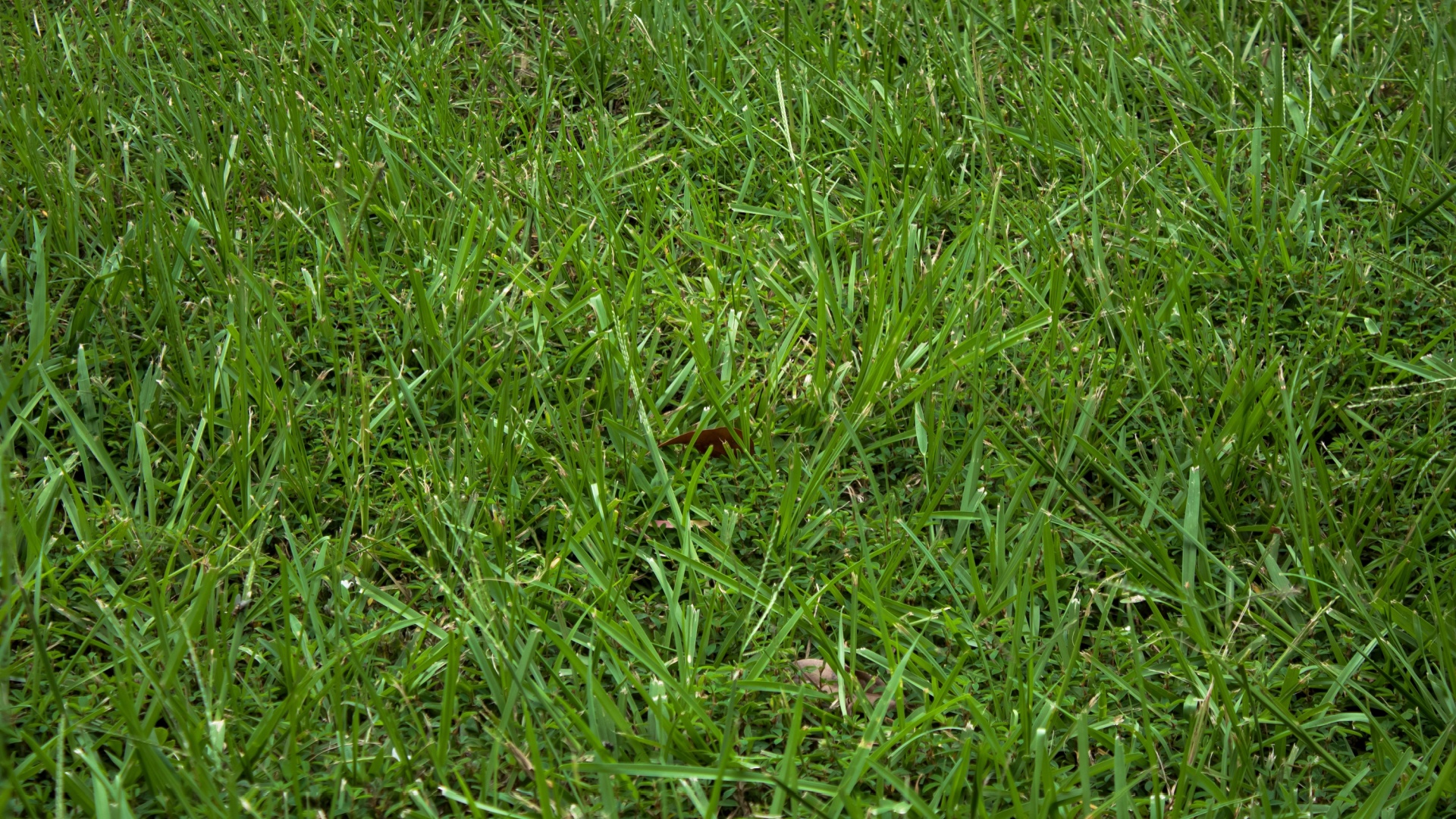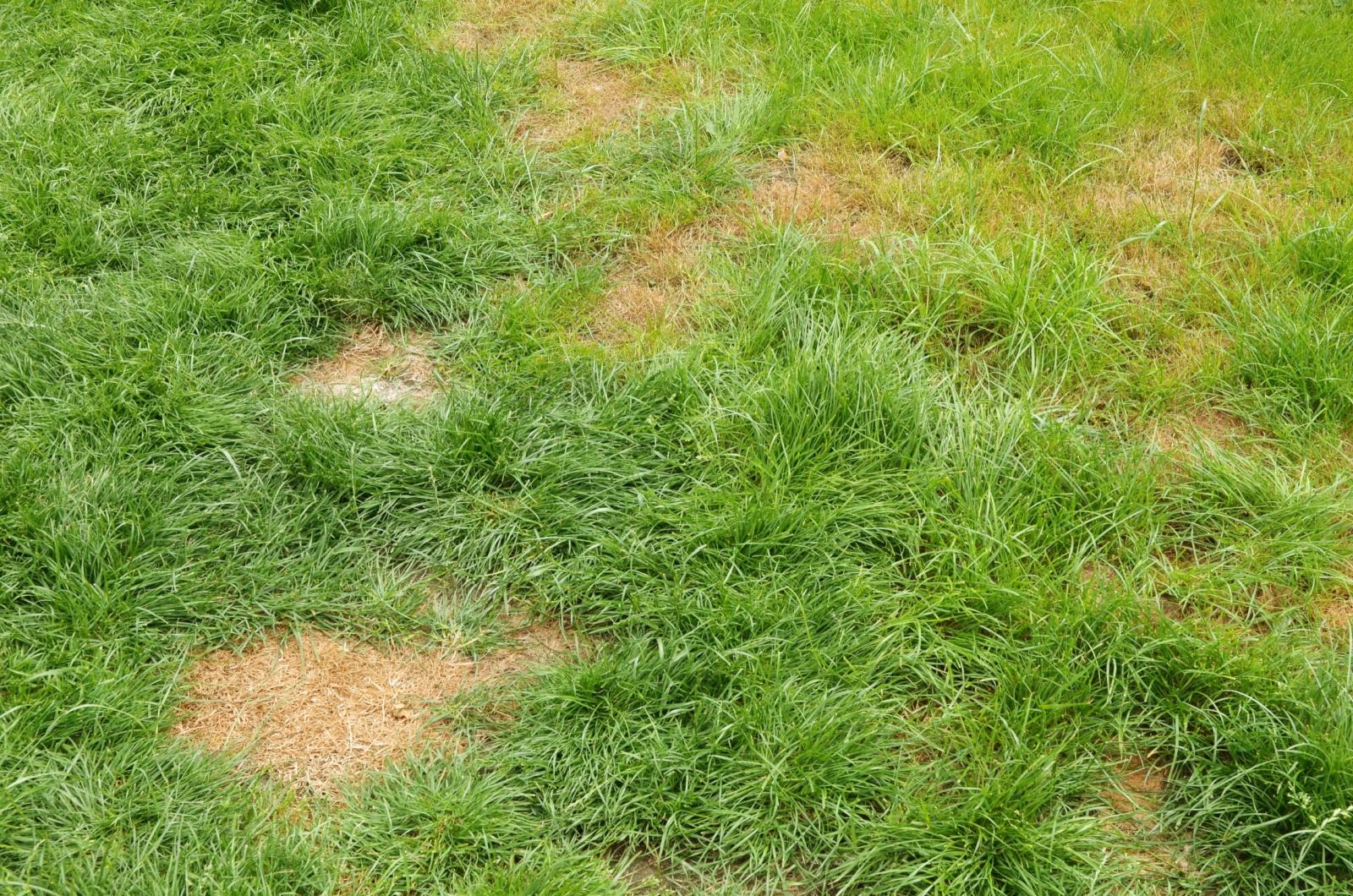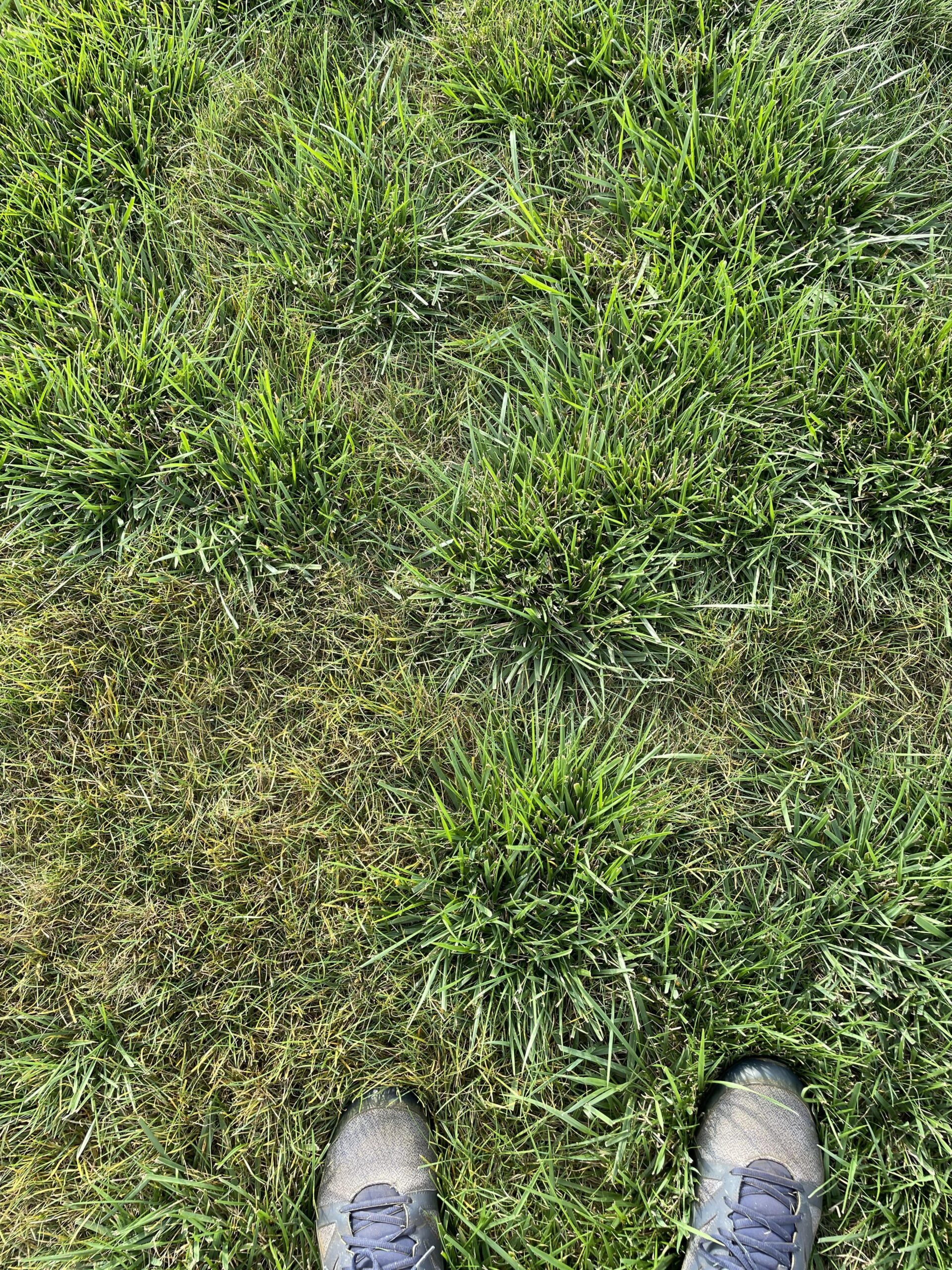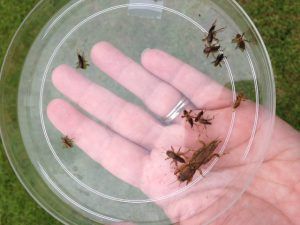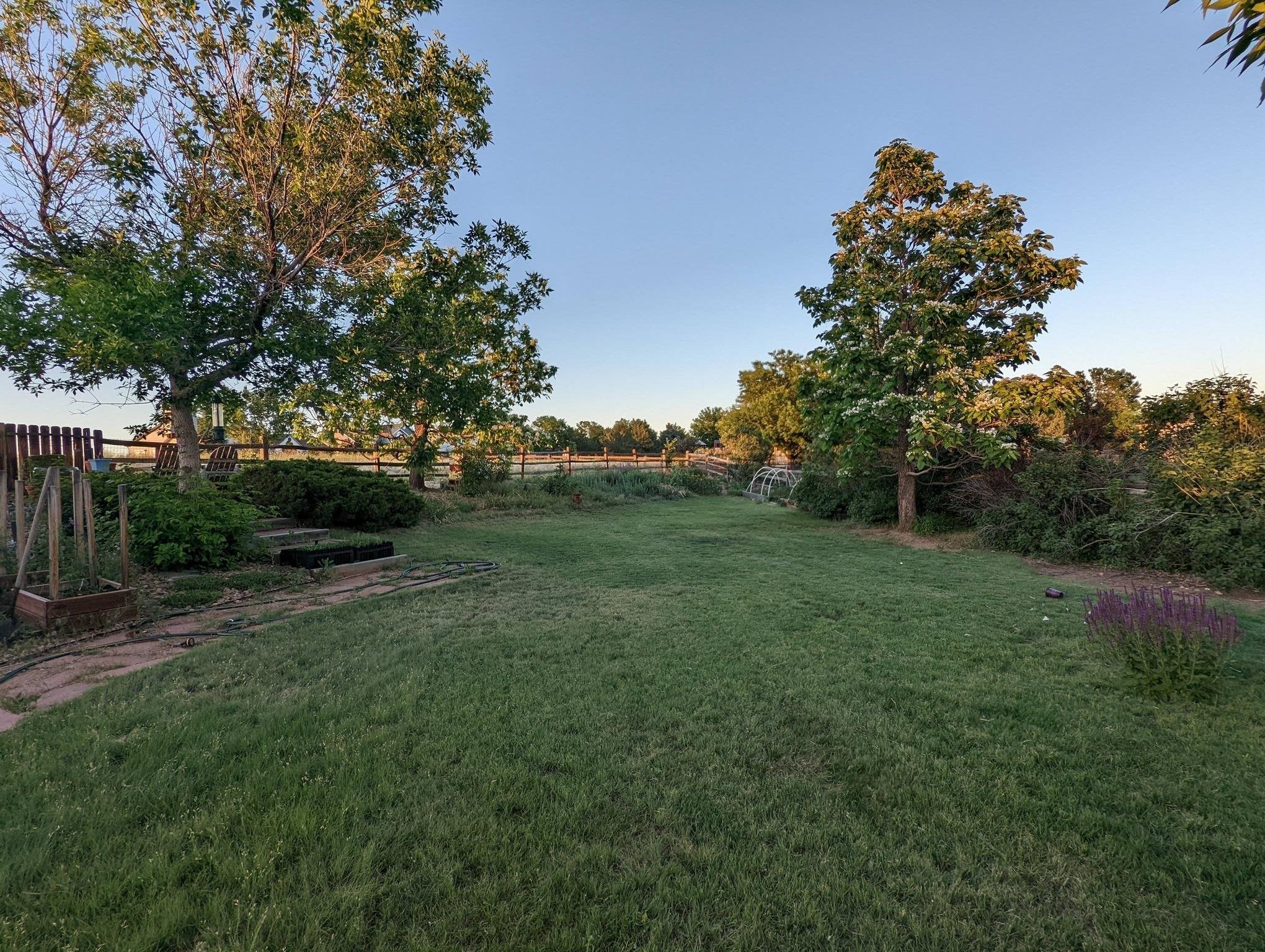Are you considering growing tall fescue grass in your garden? Stop right there!
Last fall, I decided to grow new cool-season grass in my backyard, so I tried planting tall fescue. Boy, little did I know that growing it was a big mistake!
Within just a week of planting it, my lawn started changing color and losing its glow. Let me tell you, I spent a month in my garden repairing the damage this grass caused!
Now you might be wondering what went wrong. Well, I’ll show you all the negative sides of growing tall fescue grass in your yard. But don’t worry, besides the bad news, I’ve also got some positive stuff for you at the end!
#1 You Might End Up With Brown Patches On Your Lawn
A fungal disease called brown patch is tall fescue grass’s biggest challenge! Wondering why? Well, this disease attacks grasses that grow in warm and humid conditions, which is where fescue grass thrives.
First, it starts with a few brown marks on your lawn, but after a few days, it will spread quickly all over your garden.
There’s another disease that develops in the same conditions as the first one, called leaf spot. When it affects your grass, all the beautiful green blades will get dark purple and black spots. You might be able to recover the grass in your garden, but it will take a very long time.
After that, you’ll need to use strong fungicides, which won’t be good for your environment!
#2 Tall Fescue Grass Isn’t A Good Choice If You Don’t Like Mowing
Mowing grass can be exhausting sometimes, right? Unfortunately, that might become a common task if you plant tall fescue! Since this grass grows quickly, you’ll need to mow it every five to seven days (been there, done that).
It can also become a problem for your local ecosystem! Its rapid spread can quickly overtake open areas like roadsides. Tall fescue can push out native grasses, leaving wildlife without food and shelter!
#3 This Grass Can Be Affected By Many Pests
Another problem you might face while growing tall fescue grass is dealing with pests! Armyworms are the first on the list, and they can take over your whole yard in no time. They were actually the first guests that visited my lawn when I planted this grass!
Crickets, beetles, and grasshoppers are also some of the pests that love to feed on the grass blades! Getting rid of them won’t be the easiest thing, and the recovery process will take forever.
Try These Amazing Grass Alternatives Instead
We’re finally reaching the more positive part! Now I’m going to show you all the alternative grasses that you can plant. You’re going to love them!
Buffalo grass is a terrific alternative to tall fescue for your lawn! It’s a warm-season grass and one of the easiest to grow. It has gray-green to blue-green colored blades, making it a perfect choice for your garden!
There’s also one for you that lives in colder areas – perennial ryegrass. It can thrive through the frosty days, making your lawn beautiful in the fall and winter with its stunning green color!
Now you see how growing tall fescue grass can become a real nightmare! It really isn’t a good choice if you want a healthy lawn without any complications.
I also thought that it would be like every other grass, but I was clearly wrong! I learned from my mistake, and I’m glad that this will be helpful for you too.
Luckily, there are great alternative grasses that will suit your lawn even better than tall fescue would! Now you can try planting one of them and enjoy your beautiful landscape all season long.

